Greenstone burial-exhumation cycles at the late Archean transition to plate tectonics
- PMID: 36550109
- PMCID: PMC9780361
- DOI: 10.1038/s41467-022-35208-2
Greenstone burial-exhumation cycles at the late Archean transition to plate tectonics
Abstract
Converging lines of evidence suggest that, during the late Archean, Earth completed its transition from a stagnant-lid to a plate tectonics regime, although how and when this transition occurred is debated. The geological record indicates that some form of subduction, a key component of plate tectonics-has operated since the Mesoarchean, even though the tectonic style and timescales of burial and exhumation cycles within ancient convergent margins are poorly constrained. Here, we present a Neoarchean pressure-temperature-time (P-T-t) path from supracrustal rocks of the transpressional Yilgarn orogen (Western Australia), which documents how sea-floor-altered rocks underwent deep burial then exhumation during shortening that was unrelated to the episode of burial. Archean subduction, even if generally short-lived, was capable of producing eclogites along converging lithosphere boundaries, although exhumation processes in those environments were likely less efficient than today, such that return of high-pressure rocks to the surface was rare.
© 2022. Crown.
Conflict of interest statement
The authors declare no competing interests.
Figures
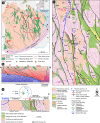

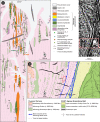
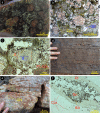
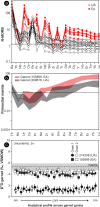


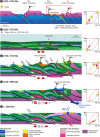
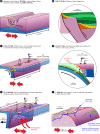
References
-
- Gerya, T. Geodynamics of the early Earth: quest for the missing paradigm. Geology10.1130/focus102019.1 (2019).
-
- Laurent O, Martin H, Moyen JF, Doucelance R. The diversity and evolution of late-Archean granitoids: evidence for the onset of “modern-style” plate tectonics between 3.0 and 2.5Ga. Lithos. 2014;205:208–235. doi: 10.1016/j.lithos.2014.06.012. - DOI
-
- Smithies RH, Champion DC, van Kranendonk MJ, Howard HM, Hickman AH. Modern-style subduction processes in the Mesoarchaean: Geochemical evidence from the 3.12 Ga Whundo intra-oceanic arc. Earth Planet Sci. Lett. 2005;231:221–237. doi: 10.1016/j.epsl.2004.12.026. - DOI
-
- Holder, R. M., Viete, D. R., Brown, M. & Johnson, T. E. Metamorphism and the evolution of plate tectonics. Nature572, 378–381 (2019). - PubMed
-
- Brown M, Johnson T. Secular change in metamorphism and the onset of global plate tectonics. Am. Mineralogist. 2018;103:181–196. doi: 10.2138/am-2018-6166. - DOI
LinkOut - more resources
Full Text Sources

